“Warm ups” are simple exercises that one performs in order to prepare oneself for more complex activities. Athletes have warm-up routines that they implement to reduce the chance of injury and to increase performance. Actors perform vocal warm-ups to increase articulation and to avoid potential stuttering. Likewise, musicians have specific warm-ups that benefit them. Musicians warm up in order to avoid stress and injury, as well as to help them achieve peak performance. The point of flute warm ups, is to get your brain and fingers in alignment (mind/body connection), as well as to simply to make you feel as comfortable as possible when performing.
Musicians’ warm up routines are personal to each individual and are specific to each situation. Variation is key. Your warm up routine should be constantly evolving, although some parts of your routine will remain constants. You may choose different scales or technical exercises each time you warm up, but long tones will always be a part of your routine.
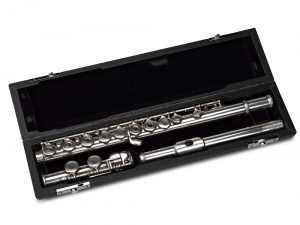
The amount of time it takes to adequately warm up varies depending on a few factors. Part of warming up is literally warming up your instrument. If it’s cold outside, it will take longer to warm up your instrument than if it’s warm outside (duh). Your warm-up routine also depends on what it is that you are warming up for. There are general warm ups and there are specific warm ups. General warm ups consist of exercises that you perform in order to get ready for a long practice session or an ensemble performance. These are exercises you should do on a daily basis. Specific warm ups are specific to a given situation. Specific warm ups could be getting ready for an audition or a high pressure performance (solo, duo, concerto). These may consist of running specific difficult passages or other material that the situation will call for.
Flute Warm Ups
It would be impossible to go over all of the possibilities for flute warm ups. For the purpose of this article, I will go over a few of the general ways you can warm up, as a sort of template for you to plan your own warm up routine.
There are some warm up staples; there are certain flute warm ups that every flute player performs regardless of his or her skill level. Long tones help warm up the instrument as well as strengthen your embouchure. Technical exercises help achieve fluidity, comfort, and control.
Long Tones
Long tones should be an essential part of your daily flute warm ups. Long tones do a couple of things. Most obviously, they literally warm up the instrument. A cold flute has poor and inconsistent intonation. With daily practice, long tones also help to strengthen your embouchure as well as your air support.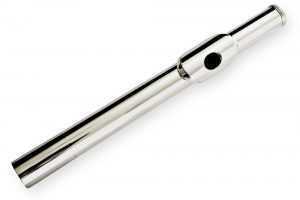
Before you even assemble your flute, you can start warming up by blowing into the flute’s headjoint. For beginners, this makes sure that you can produce a sound. For intermediate players, this makes sure that you can produce a full sound. You should experiment with moving your air-flow and your lower lip. The speed and the angle that your air enters the flute directly controls tone, dynamics, intonation, etc. When blowing into the headjoint, the idea is to try to get the fullest tone you can.
Once you put your flute together, a good place to start your long tones is in the middle register of the flute. These notes are the easiest to play. Because they don’t require much physical effort, you can focus more mental effort. In order to benefit the most from long tones, you should pay close attention to everything you’re doing. Some people even think of practicing long tones as a form of meditation. If you’re not paying attention, if you’re just “phoning it in”, your flute will get warm, but you won’t be taking advantage of the maximum benefit that long tones have to offer. You should be listening for steady intonation and for a steady tone. The intonation should be solid and the tone should not waver. If this is difficult or impossible for you to do, it’s okay. But, over time, it will improve. Steady intonation and a steady tone are the ultimate goals of long tones. It’s a good idea to use a tuner and a metronome when practicing long tones.

After you’ve successfully played your long tones in the middle register, you should move on to the extremes of the flute. Low notes are the most difficult to play on the flute. Getting a full tone on a low-C should ensure the ability to get a full tone throughout the entire range. Playing low notes will also adequately warm up the whole flute (because your air is going through the whole flute). A good way to make long tones even more beneficial (and less boring) is to practice them utilizing all dynamic levels. Try starting off each note as soft as you can, get as loud as you can, and then fade back out to as quiet as you can play and vice versa.

Another good exercise that will help you warm up is doing octave slurs. Octave slurs will help you feel how your embouchure needs to shift between low notes and high notes. To go from a low note to a high note, your lower lip should move out and the direction of your air should move upwards.
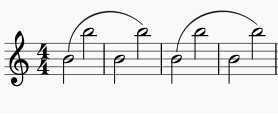

Technical Exercises
In the introduction, I mentioned how and why athletes warm up. Comparing flute warm ups to athletes’ warm-up routines, if long tones are the metaphorical stretching, then technical exercises are the metaphorical calisthenics. The point of warming up on the flute is to ease into playing so that you avoid stress, strain, and potential injury. You want to start out simple and slowly move to more complex exercises. In a baseball game, relief pitchers don’t just get off the bench and throw a 95mph fastball. They slowly warm up in the bullpen. This idea is why we begin our flute warm ups routine with long tones. Throughout your entire warm up routine, you want to keep this ‘simple to complex’ theme in mind. When you’re practicing technical exercises, you want to start off slow and simple, and then gradually move to faster and more difficult. This will help ensure accuracy and ultimate success.
Some examples of technical flute warm ups include running through your scales, arpeggios, etc. I’ve written out a few basic exercises that can serve as potential flute warm ups. Keep in mind, these are just examples; a template to help you plan your own warm up routine. What you utilize specifically depends on your individual needs.


You can warm up with major scales and major arpeggios, through the full range of the flute. You want to keep in mind the same principles as playing long tones and octave slurs. You want a constant, consistent, and steady stream of air, and you want your lip to move out and your air direction to move up as you go up the scale, and vice versa as you go down the scale.

In addition to diatonic exercises, you can warm up with chromatic exercises. Chromatic exercises will make sure every note is working properly, and that there are no pads sticking, etc. You should listen for accuracy, consistency of tone, and consistency of intonation.


In addition to warming up your fingers, you also need to warm up your tongue. These exercises can be used to warm up your tonguing, as well as your double-tonguing.
Conclusion
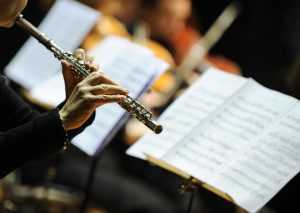 Warming up may seem like a waste of time. It’s boring, repetitive, and uninspiring. You may think it’s not necessary. Well, no one can force you to warm up. But, it is in your best interest. It greatly reduces your chance of injury and greatly increases your chances of success. If you choose not to warm up, best case scenario, you may mess up some difficult passages; worst case scenario, you may get tendonitis or another injury, and need to take time completely off from playing in order to heal. Flute warm ups may seem like a waste of time, but in actuality, they end up saving time.
Warming up may seem like a waste of time. It’s boring, repetitive, and uninspiring. You may think it’s not necessary. Well, no one can force you to warm up. But, it is in your best interest. It greatly reduces your chance of injury and greatly increases your chances of success. If you choose not to warm up, best case scenario, you may mess up some difficult passages; worst case scenario, you may get tendonitis or another injury, and need to take time completely off from playing in order to heal. Flute warm ups may seem like a waste of time, but in actuality, they end up saving time.
Musicians should always warm up before long practice sessions and before any performances in order to reach their fullest potential. In addition, warming up the flute makes it sound the best that it can. Flute warm ups are an essential part of playing the flute.


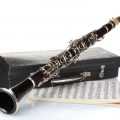

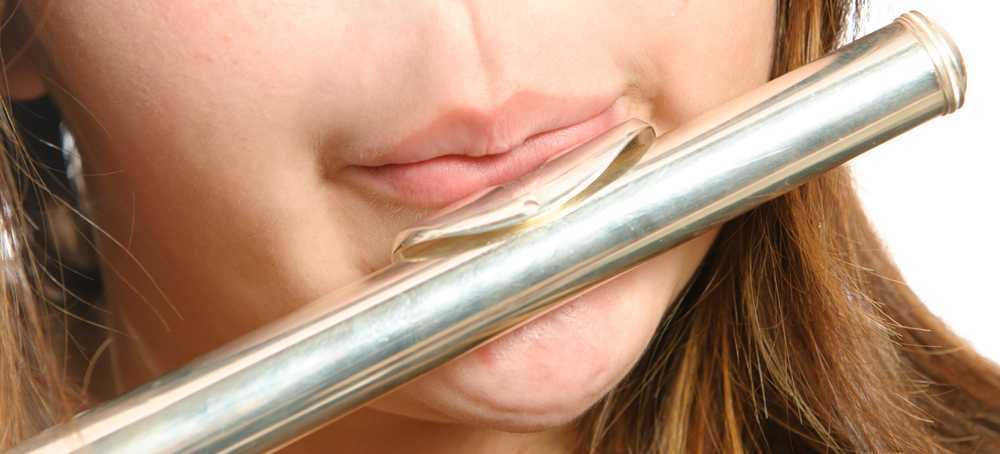

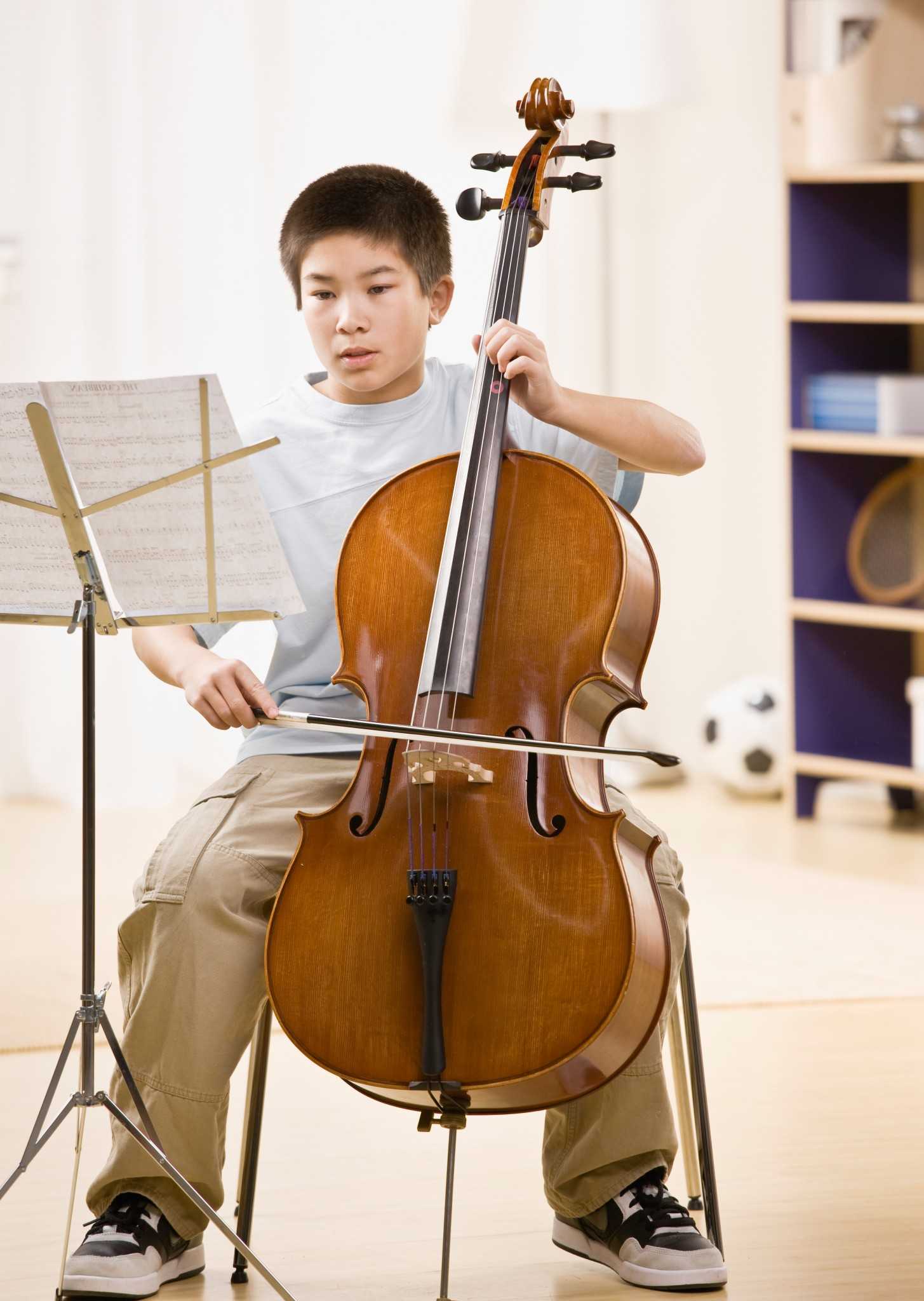

Can you put up some beginners band warmups plz.?